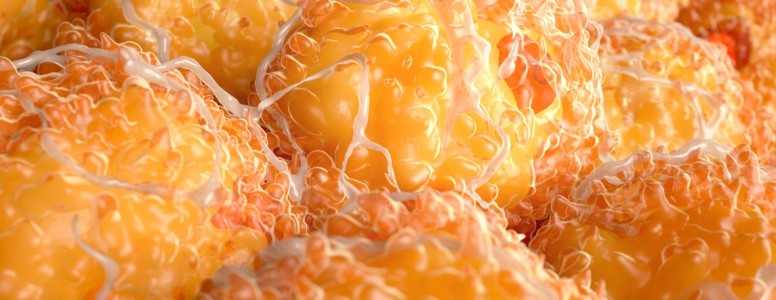A new study has identified two receptors on fat cells that are involved in the creation of metabolism-boosting brown adipose tissue (BAT), which is lacking in people who are obese or have type 2 diabetes.
As opposed to the other type of fat cells, known as white adipose tissue (WAT), which store energy, BAT is specialised to burn energy, yielding heat when activated by cold.
The loss of BAT in humans has been associated with higher body weight, insulin resistance and an increase in liver enzymes that are related to fatty liver disease.
In addition to that, previous research has shown that mice genetically predisposed to have extra BAT are leaner and healthier. In humans, more BAT also translates into a lower body weight.
In this new study, researchers at the Centre for Cell Biology and Tissue Engineering of Zurich University, Switzerland have found a way to change WAT into BAT tissue.
The findings, which appeared in The FASEB Journal, describe how to increase BAT production by determining which genes control the development of WAT and BAT.
Comparing the active genes in BAT and WAT tissue of bone marrow stem cells and belly fat cells from human donors, the researchers found that two receptors, called TRPM8 and TRPP3, were present in large quantities in BAT.
They have also shown that when TRPP3 is lacking, the browning of fat cells decreased. Conversely, high levels of TRPM8 in WAT prompted these cells to consume more oxygen – a sign that they were producing more heat and ‘browning’ into BAT cells.
In other words, the stimulation of TRPM8 strongly supported the browning of fat cells, whereas the silencing of TRPP3 prevented the formation of BAT.
Although the team hasn’t shown that TRPM8 and TRPP3 directly trigger BAT activatio, these two receptors could aid research by acting as catalysts for the process.
The researchers believe that certain foods may activate or deactivate these two receptors, in turn helping the body to recruit WAT tissue and transform it into BAT.
The team is now gathering more details on the mechanisms by which these two receptors may affect BAT activation. If they indeed assist in activating BAT, it may offer a route toward therapies for the treatment of obesity and type 2 diabetes.





